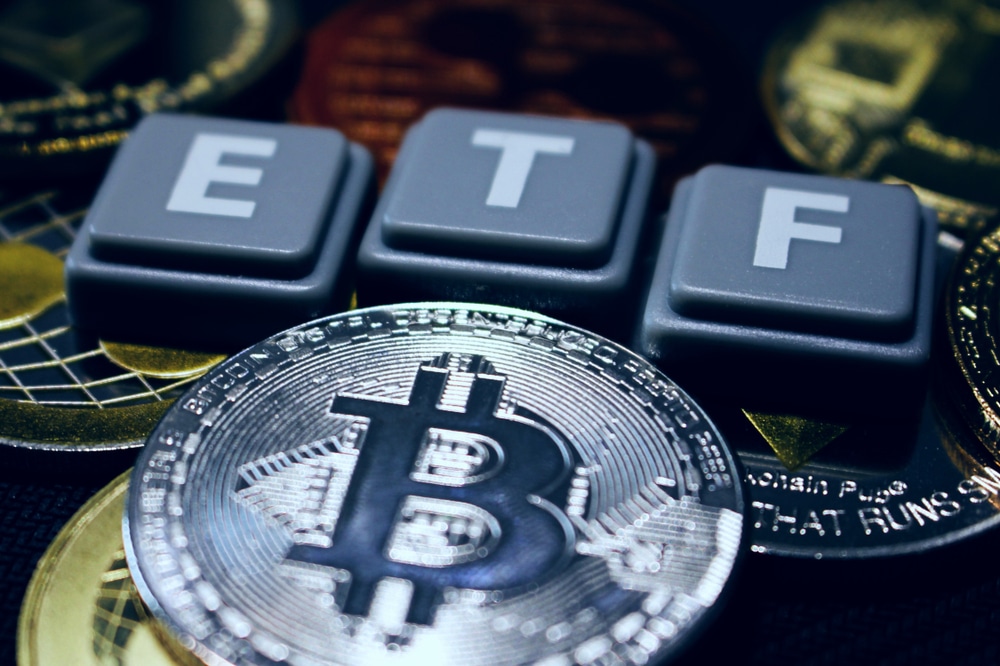What are EVM-Compatible Blockchains? A Beginner’s Comprehensive Guide

The term “EVM-compatible” often surfaces in blockchain conversations, indicating an affiliation with the Ethereum Virtual Machine (EVM).
This analysis delves into the core of EVM-compatible blockchains, their functionality, and their crucial significance in the dynamic realm of blockchain technology.
Unraveling the Ethereum Virtual Machine
At the heart of the Ethereum blockchain lies the EVM, which provides a foundation for decentralized applications and smart contracts. With its Turing-complete nature, it can execute programs regardless of their coding language, bestowing immense adaptability upon developers.
The EVM functions as a perpetual state system, originally envisioned by Vitalik Buterin and crafted by Gavin Wood. It oversees the running of smart contracts, processes each transaction within the Ethereum blockchain and interacts with every node in the network. This positions the EVM as a foundational element in the Ethereum landscape, promoting the development of various decentralized applications and smart contracts.
Moreover, the architecture of the EVM guarantees that a glitch in one node won’t hinder the performance of a decentralized application or smart contract. This is attributed to the uniformity of the EVM’s code across all nodes. Such stability and protection highlight the robust nature of the Ethereum blockchain, deeming it ideal for developing decentralized applications.
Characteristics of EVM-Compatible Blockchains
To truly grasp the EVM, it’s vital to recognize the importance of EVM compatibility for numerous emerging blockchains.
The EVM’s universal coding language empowers developers to craft applications on any supporting blockchain, enhancing interoperability. This implies that a decentralized application or smart contract designed for Ethereum can be introduced on any EVM-compatible blockchain with minimal adjustments. This efficiency allows developers to utilize the same foundational code across diverse platforms.
Moreover, blockchains compatible with the EVM gain from Ethereum’s mature developer resources and community backing. This encompasses a broad collection of open-source smart contracts and decentralized applications, complemented by detailed guides and educational resources. EVM compatibility also standardizes the token model, notably the ERC-20 standard, streamlining the token listing process on exchanges and facilitating interactions within the ecosystem.
A distinguishing trait of EVM-compatible blockchains is their commitment to security. Given the extensive evaluations and audits the EVM has undergone, its integration into other blockchains introduces a tried-and-tested security framework. This robustness is particularly attractive to enterprises prioritizing stability and security in their blockchain endeavours.
EVM-Compatible Blockchain Systems in the Cryptocurrency Domain
The rise of Ethereum has paved the way for multiple blockchains to incorporate the EVM, aiming to expand their capabilities and cater to a diverse set of developers and users.
Among these EVM-integrated blockchains are notable entities such as BNB Chain, Polygon (previously referred to as Matic), and Avalanche.
BNB Chain is intrinsically linked to the Binance cryptocurrency exchange. Its full EVM compatibility means developers can transfer dapps and smart contracts initially designed for Ethereum to the BSC platform. This transition offers the advantage of quicker transaction speeds and reduced costs.
Similarly, Polygon is a Layer 2 enhancement for Ethereum, supporting the EVM. This compatibility facilitates uninterrupted engagement with Ethereum-centric dapps and smart contracts. Developers can amplify their applications through Polygon, optimising the Ethereum framework’s user experience.
Avalanche stands out as another significant EVM-integrated blockchain. It’s a robust, adaptable blockchain infrastructure that allows Ethereum-aligned smart contracts to deploy quickly. The combination of its EVM alignment, distinctive consensus mechanism, and adaptability positions it as a preferred option for developers aiming to craft advanced decentralized systems.
A shared attribute among these blockchains is their dedication to nurturing a collaborative, versatile environment. Here, developers have the freedom to create and introduce applications effortlessly, unbounded by the confines of a singular blockchain. This collective approach has stimulated the emergence of pioneering dapps and smart contracts, amplifying the evolution of the overarching blockchain and cryptocurrency domain.
DISCLAIMER: It's essential to understand that the articles on this site are not meant to serve as, nor should it be construed as, advice in legal, tax, investment, financial, or any other professional context. You should only invest an amount that you are prepared to lose, and it's advisable to consult with an independent financial expert if you're uncertain. To obtain more information, kindly examine the terms of service and the assistance and support resources made available by the issuing or advertising entity. Our website is committed to delivering accurate and unbiased news, yet it's important to note that market conditions may change rapidly. Also, be aware that some (but not all) articles on our site are compensated or sponsored.








